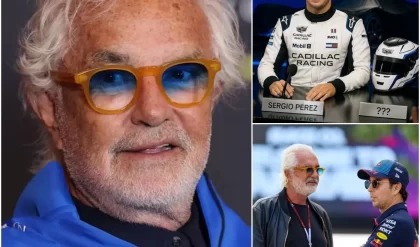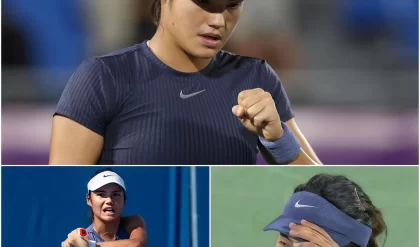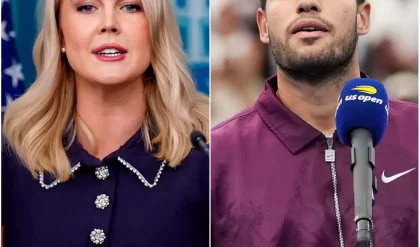The evolution of Superman on the big screen has taken a fascinating turn with the transition from Zack Snyder’s stoic, solitary Man of Steel to James Gunn’s more collaborative and grounded hero. A viral image circulating online captures this shift perfectly: in 2013, Henry Cavill’s Superman soars above Earth, arms outstretched, a lone symbol of hope in Man of Steel. Fast forward to 2025, and David Corenswet’s Superman, as seen in footage from the upcoming Superman film, is battered and bruised, relying on automatons and his loyal dog Krypto to heal his wounds. This stark contrast highlights the distinct visions of Snyder and Gunn, two directors with fundamentally different approaches to the Last Son of Krypton.
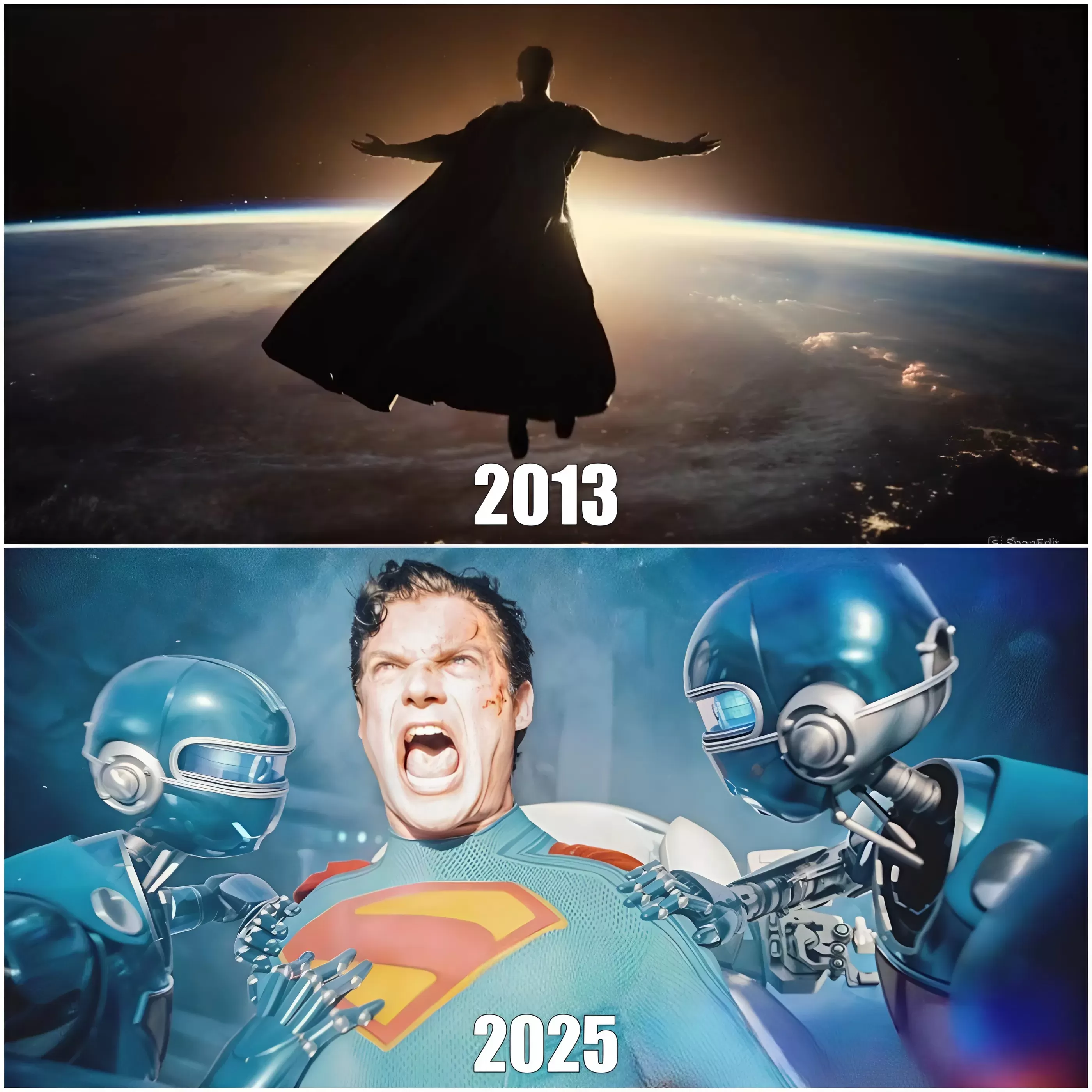
Snyder’s Superman, introduced in Man of Steel and continued through Batman v Superman: Dawn of Justice (2016) and Zack Snyder’s Justice League (2021), was a mythic figure. Cavill’s Clark Kent was a god among men, often isolated by his own power. His battles—whether against General Zod or Doomsday—were solitary struggles, emphasizing his raw strength and resilience. In Man of Steel, he learns to fly in a triumphant moment of self-discovery, soaring into the stratosphere with a sense of divine purpose. Snyder’s aesthetic leaned into the epic, with sweeping shots of Superman against cosmic backdrops, his cape billowing as a beacon of untouchable might. Even when he teamed up with the Justice League, his role was that of a savior, the ultimate trump card who could turn the tide single-handedly. This Superman bore the weight of the world alone, reflecting Snyder’s fascination with deconstructing heroism through a lens of existential struggle.
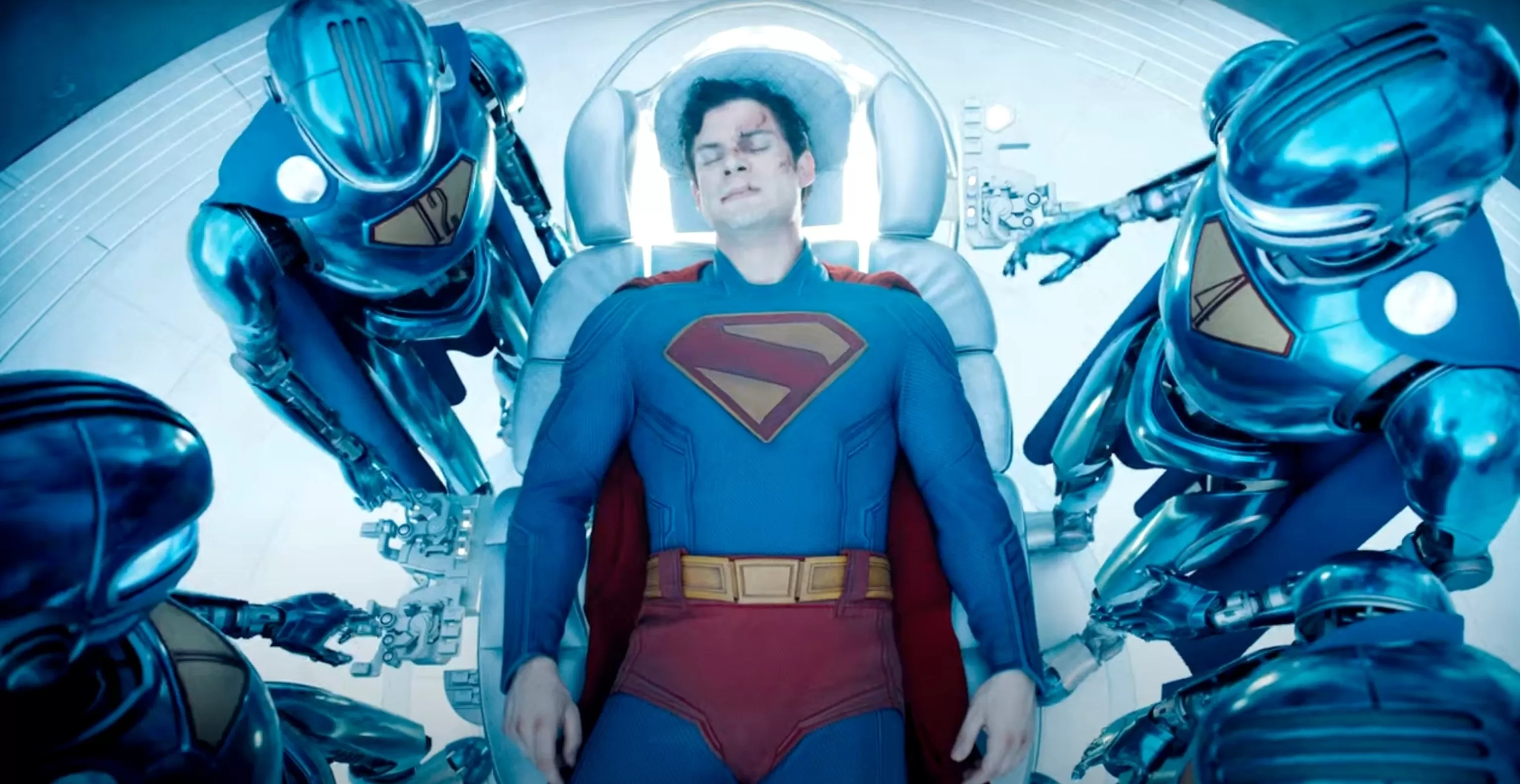
Gunn’s Superman, set to debut in theaters on July 11, 2025, offers a starkly different interpretation. Footage revealed at CinemaCon in April 2025 shows Corenswet’s Clark Kent crashing into the Arctic, injured and vulnerable, summoning Krypto with a whistle. The massive dog drags him to the Fortress of Solitude, where automatons lift him into a solar-powered healing chamber. The scene ends with Superman, now recovered, playfully interacting with Krypto as they leave together. This sequence, an extended version of the trailer’s opening, underscores Gunn’s vision: a Superman who isn’t afraid to lean on others, whether they’re robotic constructs or a loyal pet. It’s a more humanizing take, emphasizing connection and support over solitary strength. Gunn, known for ensemble-driven films like Guardians of the Galaxy, seems intent on grounding Superman in relationships, even as he retains his otherworldly powers.
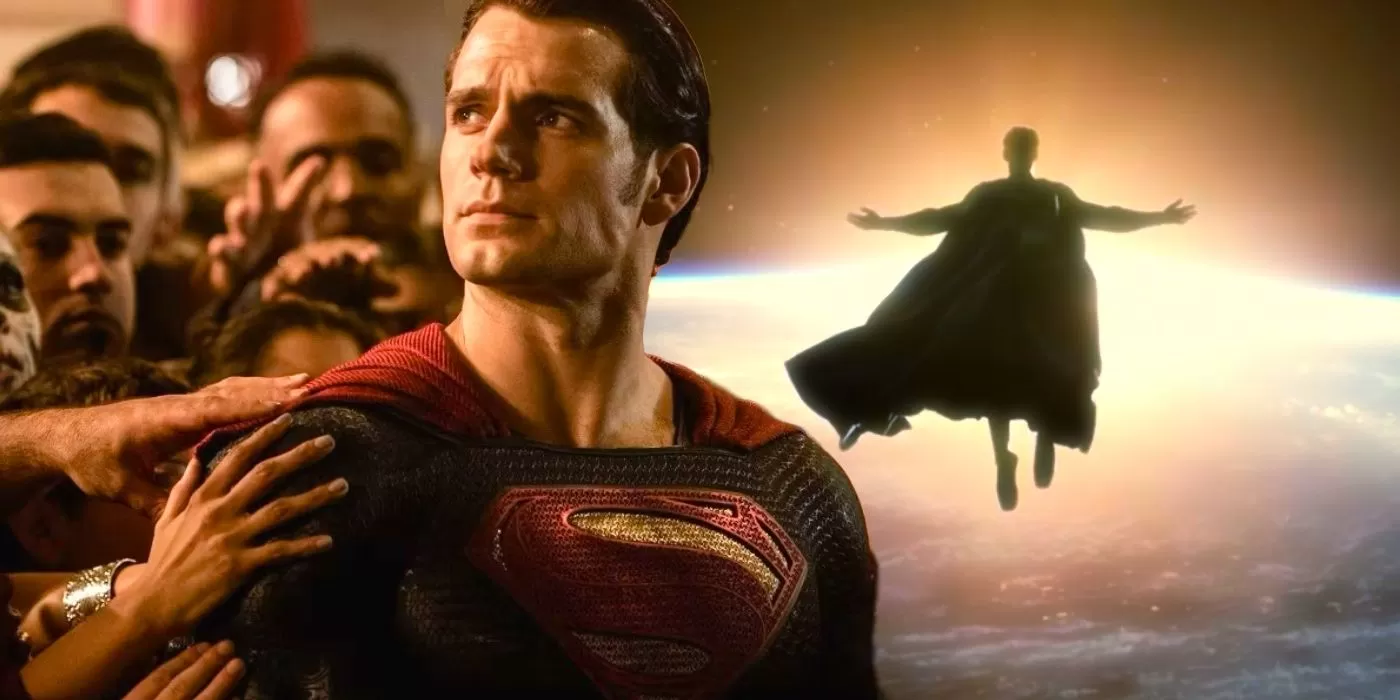
The difference in these portrayals speaks volumes about the directors’ philosophies. Snyder’s Superman was a symbol, a near-messianic figure whose struggles were internal and philosophical. His battles were as much about proving his worth to humanity as they were about physical foes. The destruction of Metropolis in Man of Steel and the subsequent backlash in Batman v Superman framed him as a polarizing deity, a man apart. Snyder’s visual style—dark, operatic, and steeped in religious imagery—reinforced this, often placing Superman in isolation to highlight his burden. Cavill’s chiseled features and stoic demeanor amplified the archetype, making his Superman a solitary pillar of strength, even at the cost of emotional accessibility.
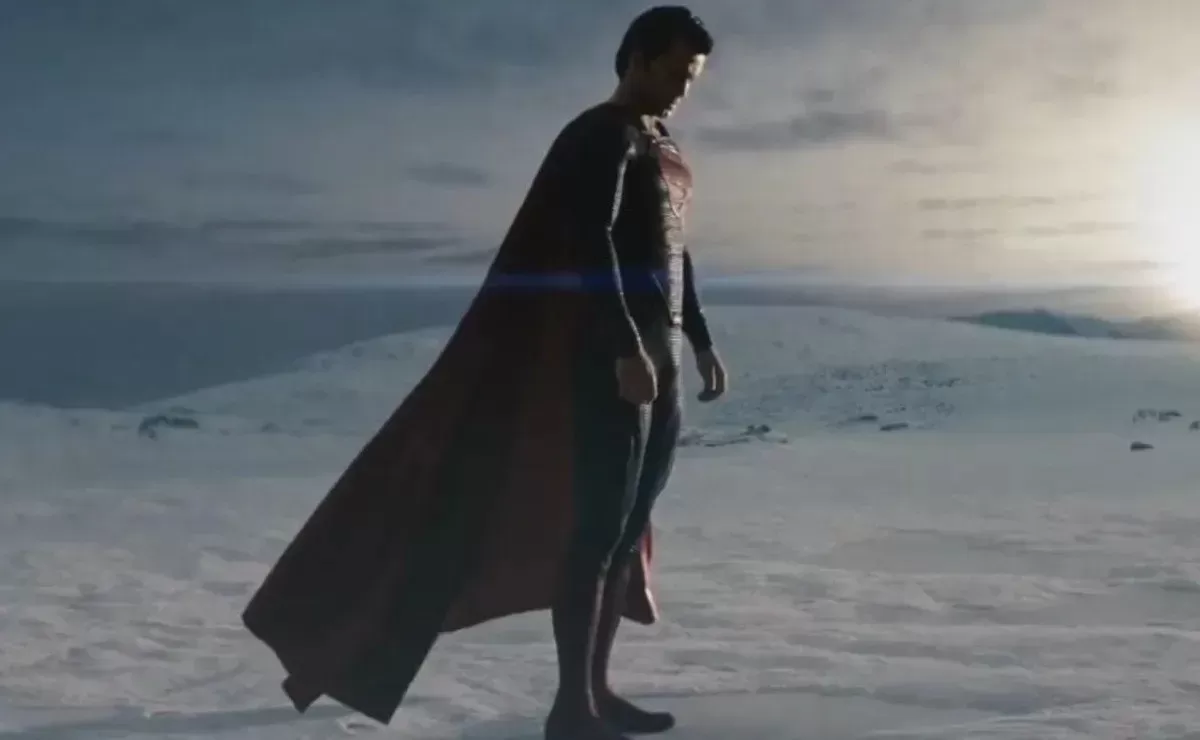
Gunn, by contrast, appears to be crafting a Superman who thrives on community. The inclusion of Krypto and the Fortress’s automatons isn’t just a plot device—it’s a statement. This Clark Kent doesn’t have to face the world alone; he has allies, even if they’re a super-powered dog or emotionless robots. Gunn’s Superman is still a hero, but he’s also a team player, reflecting the director’s knack for blending humor, heart, and camaraderie. The playful dynamic with Krypto, in particular, adds a layer of warmth absent from Snyder’s portrayal, suggesting a Clark who finds joy in his role rather than just duty. Corenswet, at 31, brings a youthful energy to the character, aligning with Gunn’s aim to depict a Superman early in his career, still finding his footing in a world that needs him.
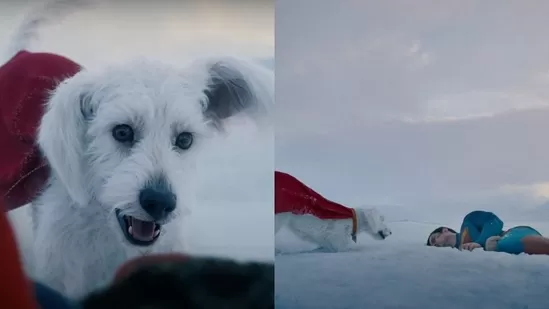
This shift also reflects broader cultural changes. Snyder’s Superman emerged in a post-9/11 era, where heroes were often depicted as lone saviors grappling with a fractured world. Gunn’s version arrives in a time of interconnectedness, where collaboration and support systems are celebrated. The 2025 Superman film, with its ensemble cast including Rachel Brosnahan as Lois Lane and Nicholas Hoult as Lex Luthor, promises to explore these dynamics further, positioning Clark as a hero who inspires others to rise alongside him. As the DC Universe reboots under Gunn’s leadership, this new Man of Steel may redefine what it means to be a hero—not through solitary might, but through the strength of those he surrounds himself with.

